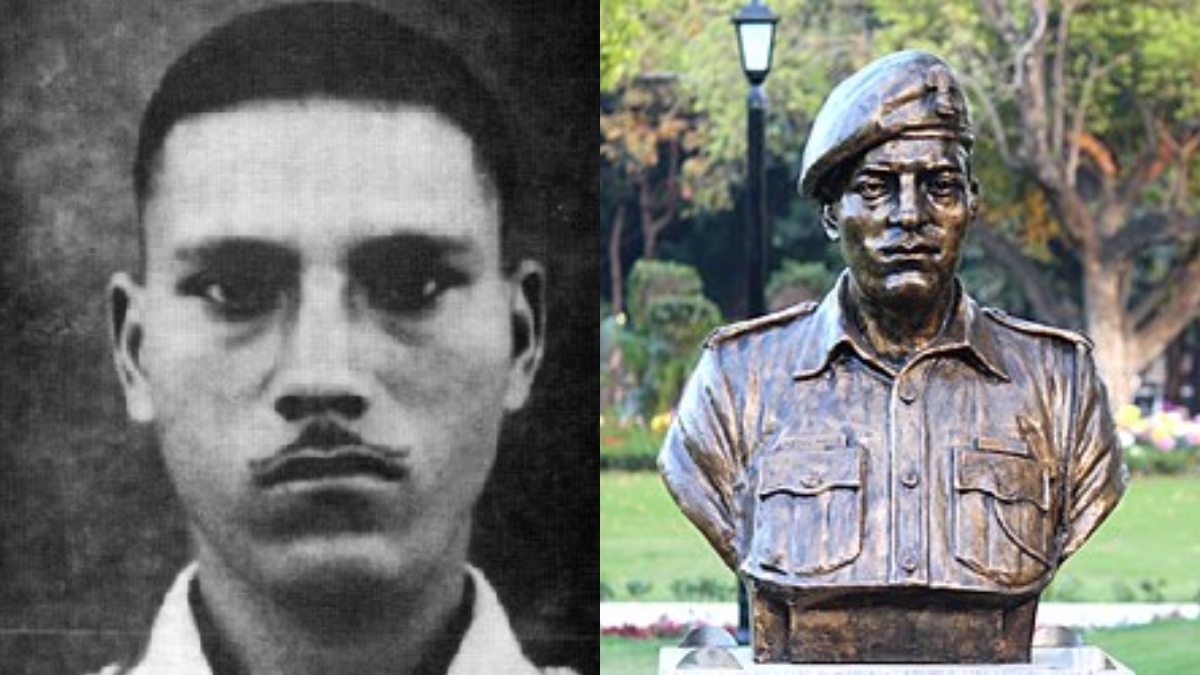Film to be made on Param Vir Chakra winner Abdul Hameed, Naseeruddin Shah played him 35 years ago on TV – India TV

Many interesting stories of bravery and sacrifice have emerged from the India-Pakistan war in Indian cinema. Many films have been made on the background of the 1971 war, but very few stories based on the India-Pakistan war of 1965 have come on screen. One such story is that of Abdul Hameed who was awarded the Param Vir Chakra for showing extraordinary bravery in the 1965 war. A film based on Hameed’s biopic book, ‘My Father Param Vir is reportedly in work. His son Zainul Hasan has taken charge of bringing this story to the silver screen.
Abdul Hameed’s son is co-producing the film
Now a film is going to be made on a story of the India-Pakistan war of 1965, which shows an indelible story of bravery. This is the story of Abdul Hameed, winner of the Army’s highest honor Param Vir Chakra, who had defeated the Pakistani Army with his bravery. Abdul Hameed’s son and former soldier Zainul Hassan is also among the producers of this film. The film is being produced by Vikram Khakhar and is being written Dr. Ramachandran Srinivasan, who has written a book on Abdul Hameed. Extensive research has been done in the making of the film so that reality remains intact.
Who was PVC Abdul Hameed?
Born on July 1, 1933, in Ghazipur, Uttar Pradesh, Abdul Hameed joined the Indian Army in 1954. He was posted in the 4th Battalion of Grenadiers. This battalion participated in the battle of Namka Chu during the Indo-China War. In the battle of Asal Uttar, Abdul Hameed had blown up eight Pakistani tanks and was himself martyred.
Naseeruddin Shah played Abdul Hameed on TV 35 years ago
Abdul Hameed’s story was shown in the tenth episode of Param Vir Chakra, a TV show based on the Army’s Param Vir Chakra winners. Veteran actor Naseeruddin Shah played the role of Abdul Hameed in the show, which aired in 1988. This episode was directed by Chetan Anand.
Also Read: Do Aur Do Pyaar teaser out: X users laud Vidya Balan, Pratik Gandhi starrer’s teaser | Watch

Atul Tiwari is a seasoned journalist at Mumbai Times, specializing in city news, culture, and human-interest stories. With a knack for uncovering compelling narratives, Atul brings Mumbai’s vibrant spirit to life through his writing.





